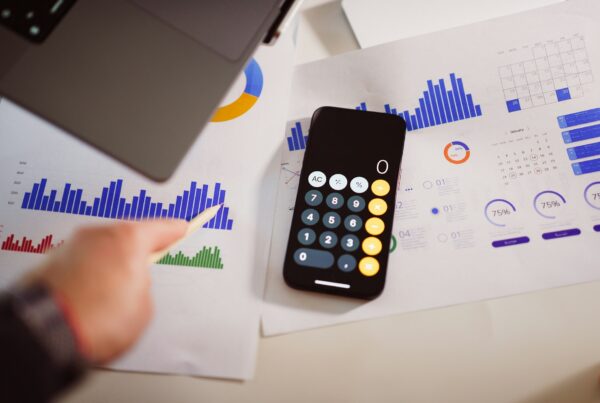Blockchain Technology can be confusing to those new to the subject. Still, it’s actually not quite as complicated as you might originally think. Have you ever heard of Bitcoin? If you have, then you’re already a little familiar with blockchain technology.
Blockchain Basics
Blockchain technology usually refers to, at the most basic level, a chain of “blocks.” Now, these aren’t your normal, everyday Lego blocks. In this situation, the blocks are made up of digital information, and these blocks are stored in a public database (the chain). There are three parts to these digital blocks:
- They store basic data such as time, date, and dollar amount from a purchase you’ve made.
- Blocks store the information of who was involved in a transaction. However, instead of using your name, your purchase is recorded without any identifying information. It instead uses your ‘digital signature’ (which is kind of like a username).
- Every block stores slightly different types of information that distinguishes it from other blocks. Every block has a completely unique code, known as a hash, that allows you to tell it apart from every other block.
A single block on the blockchain doesn’t just hold the information regarding one transaction, either, it can actually store up to one megabyte of data. So, depending on the size of your transactions, that means one single block can house at least a few thousand transactions.
How Does Blockchain Work?
So, whenever a new block stores some new data, it’s added to the blockchain. As the name suggests, a blockchain consists of multiple blocks strung together in a chain. However, four things must happen in order for the block to be added to the chain.
- A transaction of some kind must occur.
- That transaction must be verified. Once you buy something, public records of information and a physical person are in charge of vetting a purchase and new data entries. However, blockchain leaves that job up to computers rather than people. The computers confirm the details of the purchase, including the transaction time, dollar amount, and participants.
- The transaction must be stored in a block. So after your transaction has been verified, it gets approval. The transaction’s dollar amount, your digital signature, and the company’s digital signature are all stored into a block. From there, that transaction will probably join hundreds of others like it.
- After the rest of this is completed, the block must be given a hash. Once all transactions have been verified, it must be given a unique code that identifies it, known as a hash. Once the block has its hash, it joins the chain, and as it’s added, it becomes publicly available for anyone to see.
Now, you might be questioning that last sentence, which you should. Blockchain isn’t private, anyone can view it, and you can connect your computer to the blockchain network. If you choose to join the network, your computer will receive a copy of the blockchain that automatically updates whenever a new block is added.
You’re probably wondering if it’s secure, right? Fear not, it’s surprisingly protected. Blockchain technology accounts for the issues of security and trust in a lot of different ways. Blocks are added chronologically, and once it’s put onto the chain, it’s incredibly difficult to go back and change the blocks’ contents. If a hacker wanted to change any block in the chain, they would have to change every single block that came after it. So blockchain technology is a lot safer than you think.
Online transactions are growing more and more every year, the World Bank estimates that over $430 billion transfers were sent in 2015, according to Blockgeeks. Blockchain technology cuts out the middleman for these transactions. It gives the user the ability to create value and authenticate digital information. Blockchain is still being prototyped, but it is growing popularity the more it’s tested. If you’re curious to learn more, we highly recommend digging in deeper.






13 Comments